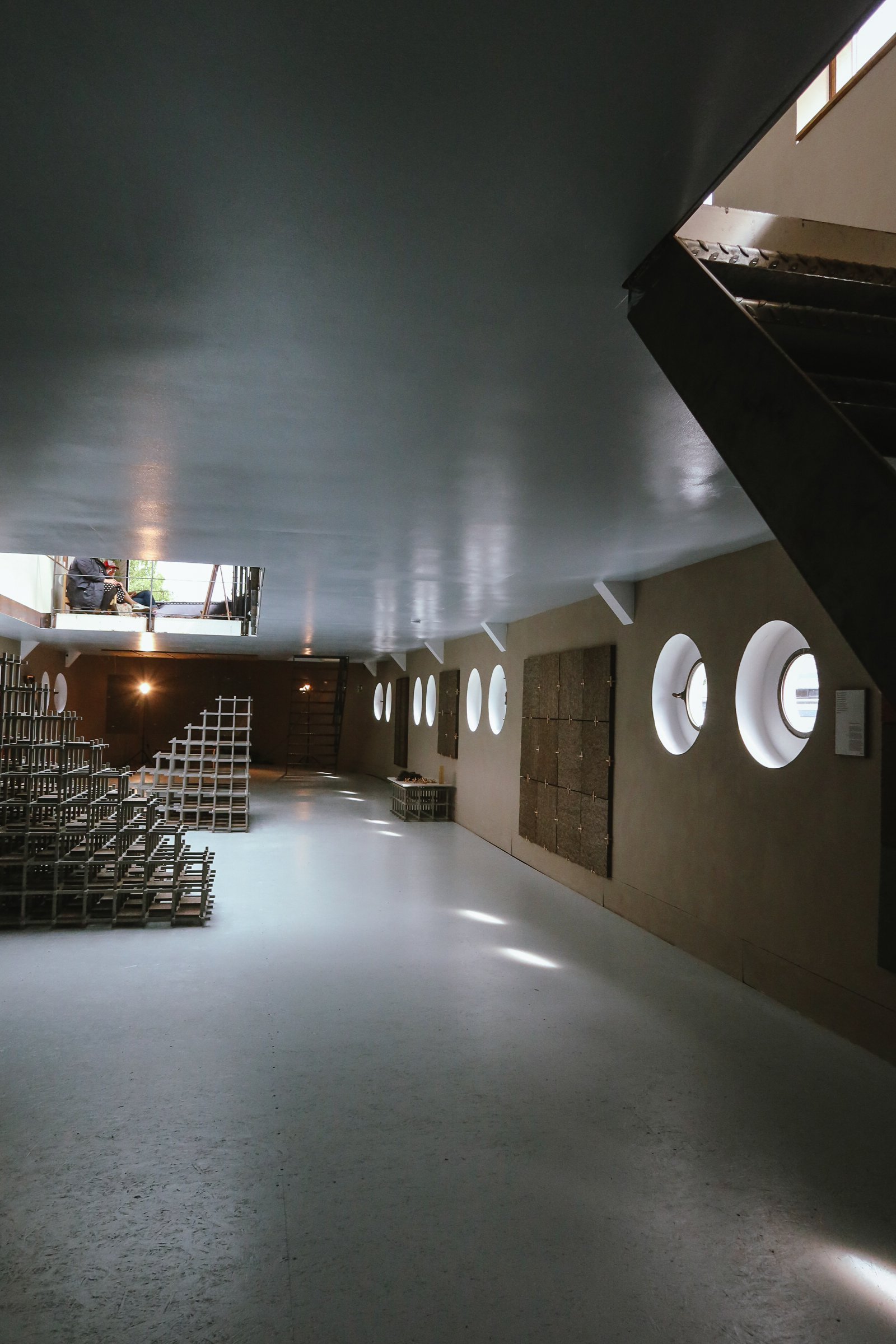Innovation in Tradition: Søuld, 3 Days of Design
The 3 Days of Design festival in Copenhagen is a platform for emerging and established design brands from Denmark and around the globe. It manages to be both delightfully eclectic yet highly curated, and having attended this years’ event I can confirm that it’s an absolute must-do for anyone with a passion for design and sustainability (as if you needed any more of a reason to visit this incredible city).
The theme of the festival this year was "Dare to Dream". It created a buzz throughout the city as attendees excitedly worked their way from one event to the next, following a trail of signature pink balloons that indicated the locations for each workshop, showcase and function. The Dare to Dream concept invited exhibitors and visitors to submit to their imaginations and take an uninhibited peek into the future of design. Spread across 11 district hubs, with an emphasis on furniture, lighting and interiors, the festival also highlighted some exciting new sustainable practices and products that have the potential to rather drastically reshape the world of design as we know it.
One such exhibit that captivated my imagination was from Danish innovators, Søuld who have developed an incredible new building material made from a marine grass that was traditionally used for roofing applications on the island of Læsø. Through sheer curiosity, I was compelled to attend their story telling and roof weaving workshop in the ‘industrial harbour-turned-cultural hub’ of Refshaleøenan. Their gallery exhibit was on a charming old boat moored in a picturesque canal, with sustainability icon ‘CopenHill’ serving as a dramatic backdrop (I still can’t decide if this was serendipitous, or masterfully deliberate).
As the gently flowing water lapped against the boat, founders Kirsten Lynge and Henning Johansen shared the story of the Eelgrass rooves of Læsø, and how that unique tradition sparked a 10 year journey of R&D to develop their innovative building material that offers outstanding acoustic, thermal and moisture regulating properties – along with an aroma that is truly delightful. The juxtaposition of natural materials and manufacturing mastery in such tranquil surroundings perfectly encapsulated the festival's theme, making the workshop not just an opportunity to learn about a new product, but a deeply memorable and contextual journey into the future of eco-friendly design (ironically, drawing from a centuries old tradition).
With an endearing dedication to honouring a centuries-old tradition, Søuld has masterfully developed a product fit for modern application while maintaining the magic of the original craftsmanship of the women of Læsø (it was traditionally the women who would weave the Eelgrass for the ‘seaweed houses’). Today the Eelgrass is still harvested from the shallow coastal waters around Denmark. The plant absorbs significant amounts of CO₂ while it grows in the sea and therefore serves as a carbon sink when used in construction. In addition to this, it has a number of inherent qualities that make it an impressive modern building material: it provides acoustic and thermal comfort, effective humidity regulation, long-term durability, high fire-resistance and low susceptibility to mould and bacteria due to its naturally high content of mineral salts.
SCROLL TO KEEP READING..
The workshop was an immersive experience that encapsulated Kirsten and Henning's passion for Eelgrass (and penchant for storytelling). They guided us through the meticulous traditional process of weaving eelgrass, sharing stories of how this remarkable material has been a cornerstone of the Læsø community's architectural heritage since the 1600’s. As we wove the eelgrass strands together, it became clear that this workshop was about more than just sharing a sentimental craft - it was about reconnecting with nature and understanding the meaningful impact that the use of sustainable materials can have on modern design.
Kirsten and Henning emphasised the broader implications of reintroducing Eelgrass into contemporary architecture. They discussed how it might inspire new ways of thinking about sustainable building practices, hopeful that other ‘overlooked’ natural materials could be reimagined and repurposed in construction and design to reduce our environmental footprint. Speaking of which, they then went on to explain another of their Eelgrass-related sustainability endeavours – recycling the thatched roofing from the seaweed houses in Læsø that is at the end of it’s useful life. Some of these roofs are 400 years old, and are being repurposed for use in Søuld's acoustic products, further emphasising the material's impressive durability.
Søuld's 3 Days of Design workshop was a unique and inspiring lesson in looking backwards to traditional craft for guidance on innovating for the future. I left with a newfound appreciation for Eelgrass and a mind full of imagination on how to integrate these principles into my own work. It was an experience that truly embodied the spirit of "Dare to Dream," and one that I will carry with me as I continue to explore the worlds of sustainability and design.

































